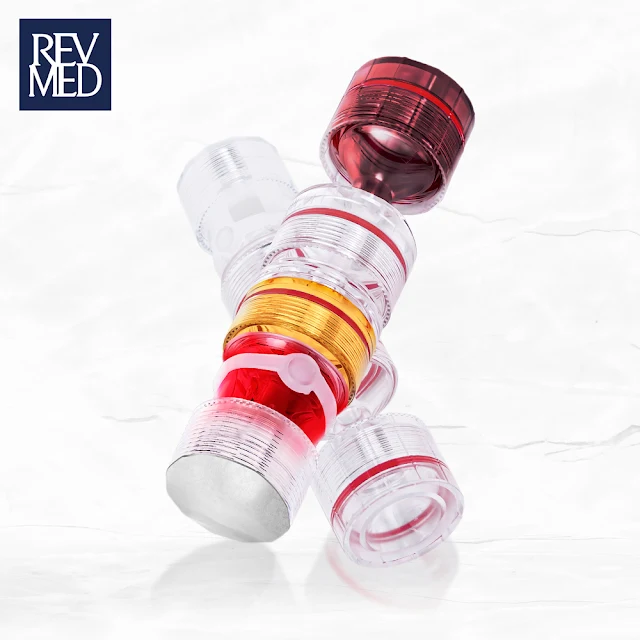Beyond Growth Factors: PRP’s Role in Immune Modulation and Inflammation Control
PRP (Platelet-Rich Plasma) is often praised for its growth factor content—but that’s only part of the story. Emerging research reveals that PRP also plays a powerful role in regulating inflammation and modulating immune responses.
This makes PRP more than a regenerative therapy—it becomes a potential biological tool for balancing the immune system and promoting long-term healing, especially in chronic inflammatory conditions.
Inflammation: The Double-Edged Sword
Inflammation is a natural part of the body’s healing process. However, when it becomes chronic—as in tendinopathies, arthritis, or even hair loss—it can delay recovery and damage healthy tissue.
PRP appears to act as a local immune modulator, helping to shift the inflammatory environment from destructive to reparative.
What’s in PRP That Influences Immunity?
Beyond growth factors like PDGF and VEGF, PRP contains:
-
Cytokines such as IL-1 receptor antagonist (IL-1Ra), which blocks inflammatory IL-1β
-
TGF-β: not only promotes regeneration but also suppresses excessive immune activity
-
Soluble CD40 ligand: involved in T-cell activation and immune signaling
-
Sphingosine-1-phosphate (S1P): influences immune cell migration and vascular repair
-
Extracellular vesicles (EVs): carry anti-inflammatory microRNAs and proteins
These components help reduce harmful inflammation, limit fibrosis, and promote tissue tolerance during the repair process.
Evidence from Research
-
Orthopedics: PRP has shown the ability to downregulate inflammatory enzymes like COX-2 and MMPs in joint and tendon tissues.
-
Dermatology: In conditions like alopecia areata, PRP may calm autoimmune attacks on hair follicles.
-
Neurology: Some studies suggest PRP reduces glial inflammation and may assist in nerve repair.
-
Wound Healing: PRP promotes resolution of chronic wounds by dampening local immune overactivity.
These effects aren't just from platelet growth factors—they're a result of immunomodulatory signaling in the PRP matrix.
Clinical Implications
Understanding PRP as an immune-modulating therapy opens the door to broader applications, including:
-
Autoimmune skin and joint conditions
-
Post-surgical inflammation
-
Chronic pain syndromes
-
Neuroinflammatory diseases (e.g., MS or peripheral neuropathy)
It also explains why some patients respond better than others—depending on their baseline inflammatory status and the composition of their PRP.
PRP is more than just a delivery vehicle for growth factors. It’s a dynamic, bioactive concentrate capable of calming inflammation, guiding immune responses, and promoting balanced healing.
As we refine our understanding of the immune components within PRP, we can better customize it—not just for regeneration, but for precision inflammation control across a wide range of conditions.
TriCell PRP: A Decade of Global Excellence Since 2012
Pioneering regenerative medicine for over a decade, TriCell PRP stands as the global leader in Double-Spin PRP technology, trusted across Europe, Asia-Pacific, and the Middle East.
Superior Double-Spin Technology
- Achieves up to 6.7x to 9x platelet concentration
- Delivers consistent, reproducible results
- Features advanced closed-system design
The TriCell Advantage
Unmatched Performance
- Maximum platelet recovery
- Optimal growth factor preservation
- Superior concentration control
Global Recognition
- CE marked for European markets
- PMDA approved in Japan
- TGA certified in Australia
- CFDA approved in China
- Registered across Middle East and Southeast Asia
Setting the Gold Standard
TriCell's innovative Double-Spin system delivers precisely what matters most: higher platelet concentrations, better clinical outcomes, and enhanced healing potential. Choose the system that healthcare professionals worldwide trust for superior regenerative results.Experience the difference with TriCell PRP - Where precision meets excellence in regenerative
Do you have any questions? Feel free to contact us! info@rev-med.co.kr





Comments
Post a Comment